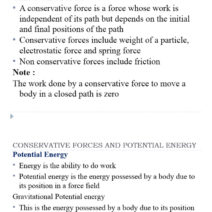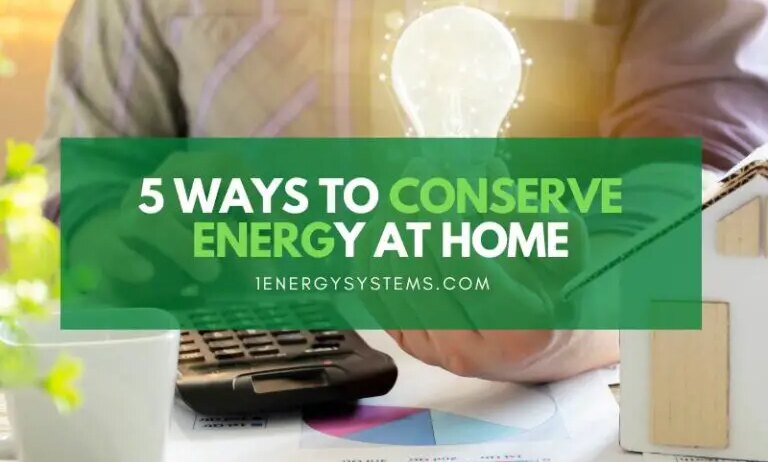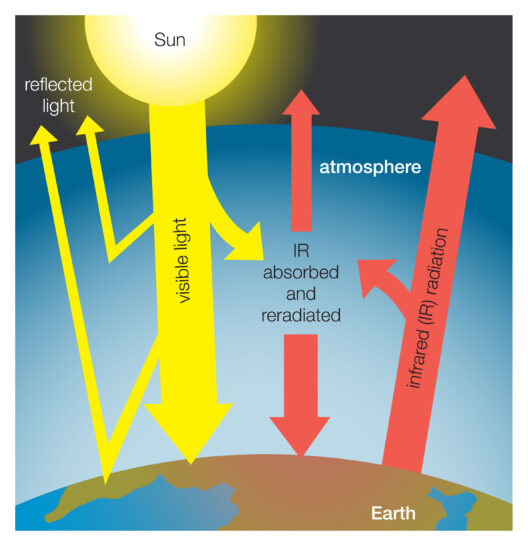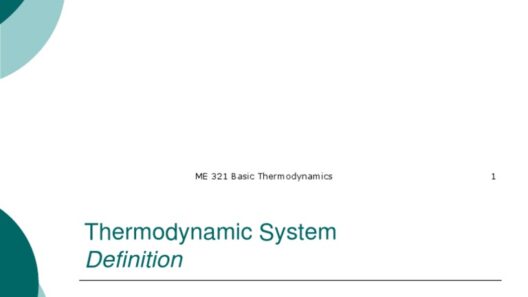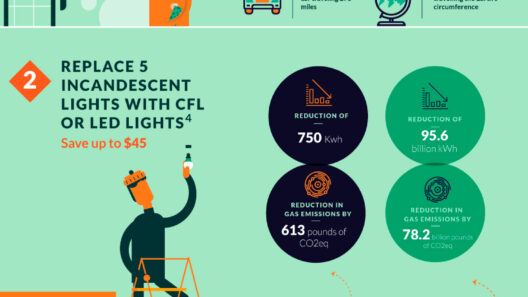In an era marked by climate change and escalating energy demands, conserving energy at home has emerged as an essential practice. Implementing effective strategies for energy efficiency not only reduces your utility bills but also diminishes your environmental footprint, creating a more sustainable future for generations to come. This exploration unveils the multifaceted approaches to energy conservation, each imbued with aesthetic appeal and practical benefit.
Recognizing the subtle interplay of energy, home design, and daily habits can transform a household into a beacon of sustainability. Herein lies the guide to effective energy conservation, bringing intrigue to the often-overlooked aspects of home management.
Understanding Your Energy Consumption
Before embarking on the journey of energy conservation, it is prudent to comprehend the intricacies of your energy consumption. An energy audit serves as a foundational step, unveiling the areas where your household may be inadvertently squandering electricity. Utilize tools like smart meters or energy monitors to quantify your energy utilization patterns. By identifying the biggest offenders—whether it’s an aging refrigerator or inefficient lighting—you can prioritize your efforts effectively.
The aesthetic allure of this process lies in the transformation it catalyzes. Once the culprits are identified, you may find inspiration from design innovations that not only promise efficiency but also enhance the visual appeal of your home.
Revamping Your Lighting
Lighting is a deceptively potent element of energy consumption. Transitioning from incandescent bulbs to energy-efficient LED or CFL options can significantly diminish electricity use. Besides, the aesthetic transformation is striking; modern bulbs come in a plethora of shapes and colors, allowing homeowners to curate an ambiance that reflects their unique style.
Further, consider harnessing natural light. Strategically placed mirrors and light-colored walls can amplify daylight, reducing the need for artificial illumination. The ethereal quality of sunlight brightens spaces and promotes a dynamic, vibrant atmosphere within your home.
Harnessing the Power of Insulation
Insulation is an often-underappreciated aspect of home energy efficiency that demands attention. A well-insulated home acts as a thermal barrier, minimizing heat loss in winter and keeping the interiors cool in summer. This not only improves comfort but also significantly reduces heating and cooling costs.
Choosing eco-friendly insulation materials, such as cellulose or sheep’s wool, can further enhance your sustainability profile while ensuring an aesthetically pleasing environment. The visible benefits of thoughtful insulation extend beyond mere utility savings; they foster a cozy, inviting atmosphere conducive to relaxation and rejuvenation.
Incorporating Smart Technology
The integration of smart technology into home management systems heralds a new epoch in energy conservation. Smart thermostats, energy-efficient appliances, and home automation systems empower homeowners to regulate and monitor their energy consumption more effectively. This technology, while supremely functional, also holds aesthetic intrigue—stylish interfaces and sleek designs enhance the technological ambience of contemporary interiors.
Furthermore, implementing a home automation system allows for the seamless integration of devices. Schedule your appliances to operate during off-peak hours, thereby capitalizing on lower electricity rates while managing energy usage. The convenience and insight provided by smart technology serve to enhance both the functionality and visual appeal of your home.
Embracing Renewable Energy Sources
The ultimate form of energy independence lies in the adoption of renewable energy sources. Solar panels, while perhaps a considerable upfront investment, can yield significant long-term benefits, both financially and environmentally. Modern solar technology has progressed to a point where sleek, aesthetically pleasing panels can complement rather than detract from your home’s design.
Moreover, integrating features like solar water heaters or wind turbines not only contributes to energy self-sufficiency but also sparks conversations about sustainability among neighbors and guests. Showcasing your commitment to renewable energy may very well turn your abode into an inspiring example of responsible living.
Small Habits with Big Impacts
While systemic changes yield substantial benefits, the cumulative impact of small, daily habits should not be underestimated. Simple practices—such as unplugging chargers and appliances when not in use, adopting a ‘no shoes inside’ policy, or opting for shorter showers—can materially affect overall energy usage.
Moreover, engaging family members in energy-saving practices creates a collective sense of responsibility. Children, as active participants in conserving energy, cultivate lifelong habits rooted in sustainability. Such initiatives not only make a tangible impact but also foster a culture of respect for the environment.
The Beauty of an Energy-Efficient Home
Ultimately, the allure of energy conservation is not solely in the facts and figures that accompany energy efficiency; it lies in the beauty of a home that is harmonious with nature. Every strategy, every adjustment contributes to a tapestry of sustainability that wraps your environment in serenity and elegance.
By implementing the strategies detailed above, you can transform your home into a sanctuary of energy efficiency. The visual appeal combined with the ethical imperative of sustainable living creates a dual incentive to embrace these practices wholeheartedly, ensuring a greener, brighter future for all.


